
|
|
The great Stupa
(sanchi, India)
first century CE
Early relics
the enlightenment from the west gateway of the Great Stupa
|

|
|
(pakistan) 2nd to 3rd century stone a new image of Buddha cloths drapery roman like hands in a meditation pose eyes are open and looking outward and has a mark as a symbol of enlightenment -wisdom bump (figure 2) |

|
|
(sarnath india) 5th century CE symbol of wisdom sheer fabric to portray the body slender, feminine, abstract (figure 3) a halo behind him - light little people below him has a wheel to represent teaching rings around the neck hands meant gesture of teaching (turning of the wheel) |

|
|
deogarh, india 6th century used as a hindu temple as a residence for a god narration Vishnu reclining on the serpent of eternity Gupta style smooth bodies, clinging garments sculpted niches shows episodes of vishnu sleeps on serpent coils dreams the univers into realit |
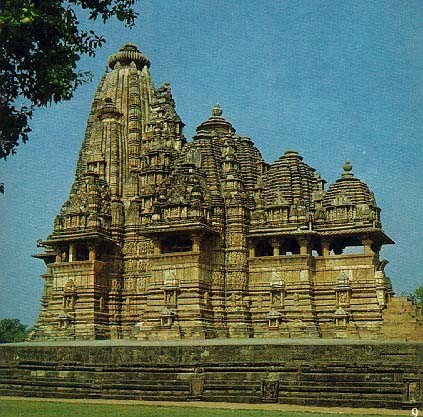
|
|
hindu temple toward vishnu elevated with stairs skikharas “ mountain peak” towers deities take many sculptural forms use mathematical proportions mandapa- main hall precedes the shrine. Used for recitation of hymns (chanting) deity worship Garbhaghriha- inner santuary. “womb chamber” the shirne. Circumambulation, most sacred images
|
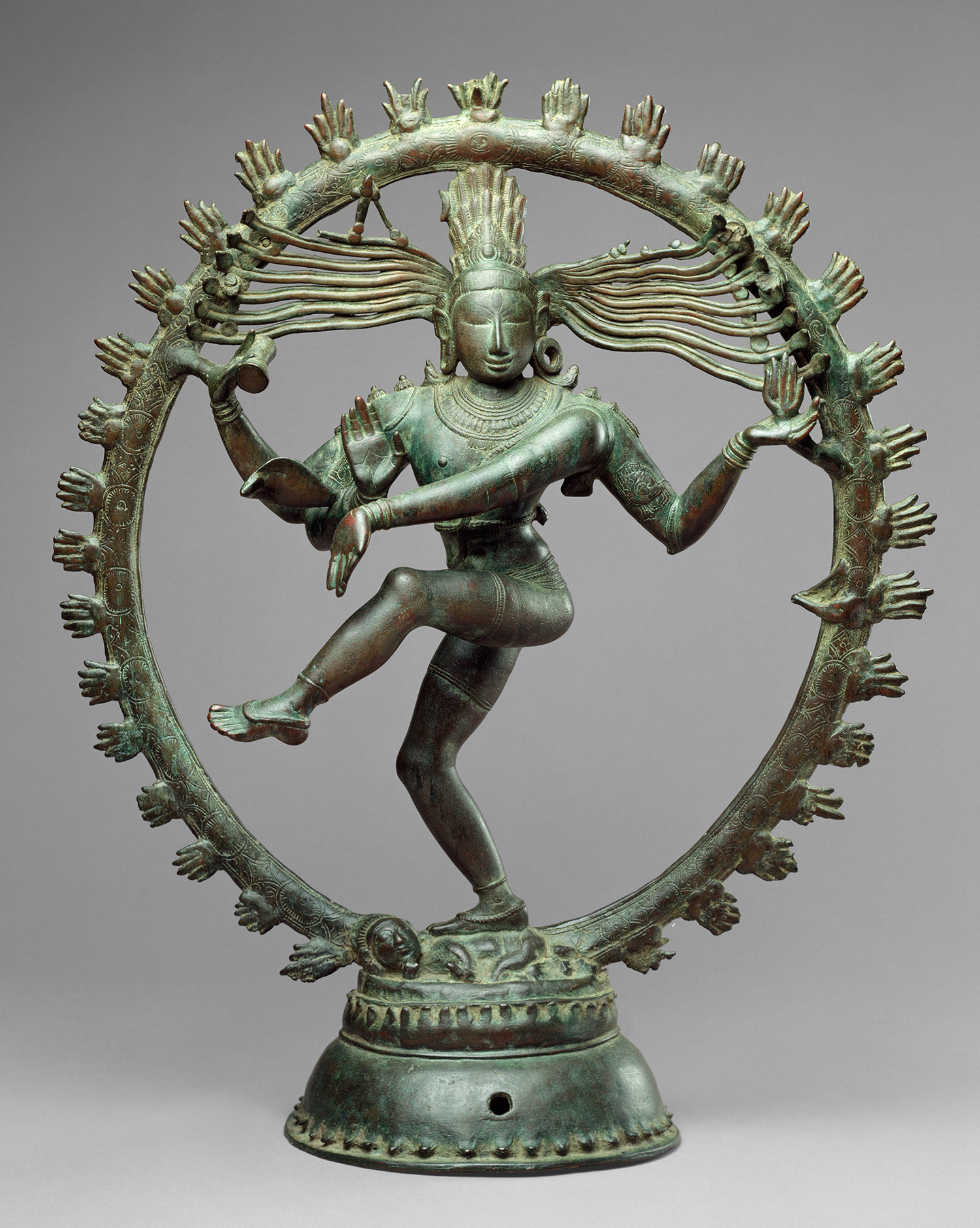
|
|
depicts shiva many hands indian god hinduism
|
|
Shiva and his family (picture not coming up) |
|
Hinduism Show shiva narrative family associations dieties commeners |
| BUDDHA |
|
The Buddha
|
| Chaitya |
|
|
| Mundra |
| A symbolic hand gesture used in Hindu and Buddhist ceremonies and statuary, and in Indian dance. |
| Nirvana |
| when you are enlightened |
| shiva |
| hindu distroyer god |
| Stupa |
|
A dome-shaped structure erected as a Buddhist shrine. |
| Torana |
| A torana is a type of gateway seen in the Hindu and Buddhist architecture of the Indian subcontinent.. |
| Urna |
| symbolizes buddhas 3rd eye |
| Ushnisha |
| The ushnisha (Sanskrit, n., उष्णीष, IAST: uṣṇīṣa) is a three dimensional oval at the top of the head of the Buddha. It symbolizes his attainment of reliance in the spiritual guide. |
| Wat |
| a place of worship |
| Yakshi |
| in the mythology of India, a class of generally benevolent nature spirits who are the custodians of treasures that are hidden in the earth and in the roots |

|
|
Tomb of qin shin haungdi 1rst emperor of china subterranean army individualized terracotta statues with armor life size army to protect emperor in afterlife 6,000 conveys power and authority soldiers facing eastward weapons, soldiers, and horses
|

|
|
funeral banner from the tomb of dai han dynasty painted silk realms of heaven and earth 3 levels top - heaven raven on sun and moon signify middle human world bottom - underworld
|

|
|
lady fang and the bear reversed gender roles
|

|
|
Fan Juan travelers among mountains and streams song dynasty hanging scroll ink and colors on silk Daoism humans in the vast scale of nature a shifting perspective use of mist to separate the background from the foreground neo-confucianism darks and light use
|

|
|
liao dynasty projcting eaves and cantilevered balaconies the axis mundi
|
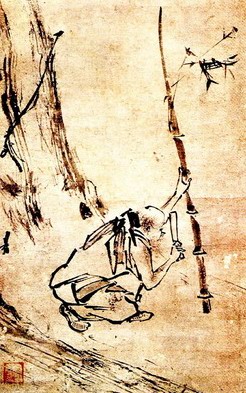
|
|
Person cutting bambo natural genre painting |
| bi |
| Chinese jade carved in the form of a flat disk with a hole in the centre. . |
| confucianism |
|
emphasizes morality, conformity, duty, and self- discipline an ethical system based on 5 constant relationships a wide body of elites, their relationships with each other and their emperors |
| Daoism |
|
dao or the way described as un unchanging principle from which all things come to be, a formless unfathomable source of all things ask for humans to return to nature; take refuge in a natural world |
| Literati |
|
Well-educated people who are interested in literature. |
| pagoda |
| A Hindu or Buddhist temple or sacred building, typically a many-tiered tower, in India and the Far East. |
| porcelain |
| a type of material in chinese art |
| ying and yang |
|
symbols of japan mean peace and love
|
|
|
|
ise shrine shinto shrine wood rebuilt every 20 years |
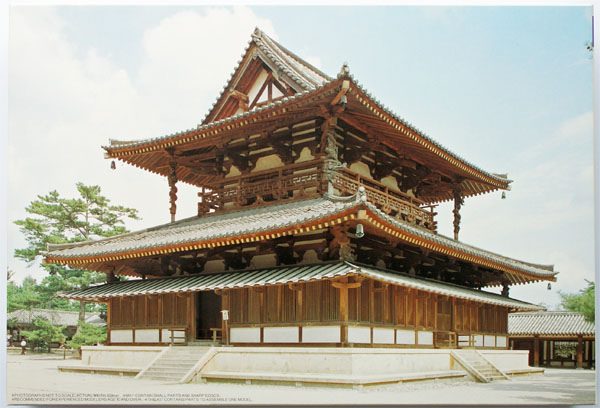
|
|
hakuho period buddhist architecture introduced around 6th century religion grounded with imperial support elite status worlds oldest wooden building 4 entrances inside statues of the Buddha |

|
|
Suzuki Harunobu. Evening Bell at the Clock, from Eight Views of the Parlor series, c.1765, woodblock ukiyo (pictures of floating world) |

|
|
Katsushika Hokusai. The Greave Wave off Kanagawa, from Thirty-six Views of Mount Fuji, c. 1826-33, woodblock print
waves realistic |

|
The Plum Garden in Kameidolike van goh very abstract |
| genre painting |
| painting with everyday meaning |
| haniwa |
| are terracotta clay figures which were made for ritual use and buried with the dead as funerary objects during the Kofun period |
| kondo |
| buddhist hall used for teaching |
| ukiyo-e |
| is a genre of Japanese woodblock prints |
| zen |
| peace and balance |
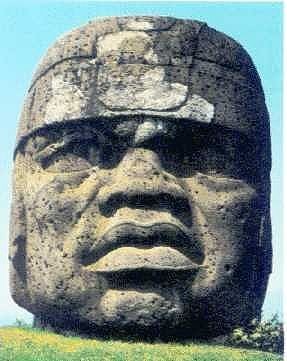
|
|
big represents power and authority king olmec 17 headgear
|
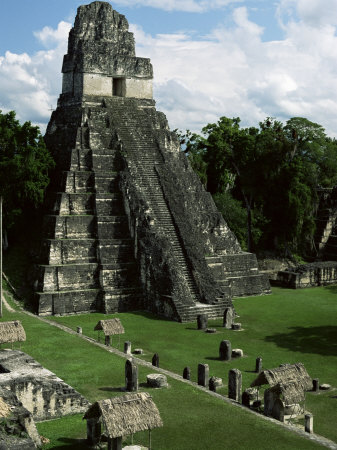
|
|
mayan king on jaguar throne human sacrifice
|

|
|
Coatlicue, from T enochtitlán, Aztec, stone claws- dig up graves heart necklace serphants heads and skirt to represent bloodshed human sacrifice |

|
|
textiles Embroidered Paracas mantle with shaman figures |

|
| Vessel in shape of a portrait head, Moche (Peru) 5th-6th century C.E. |

|
| chacmool |
| kiva |
